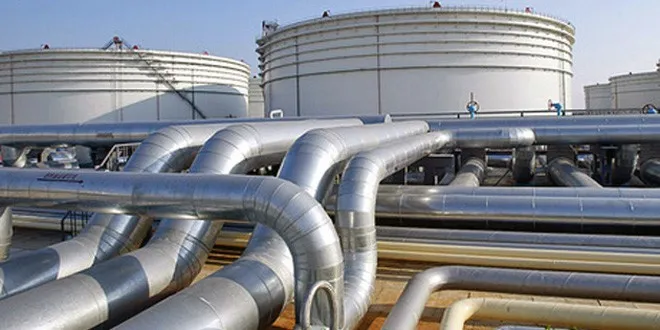- Your cart is empty
- Continue Shopping

Russia Builds Out Arctic Oil Route As Middle East Tensions Escalate
This year will see a major push by Russia to ensure that the Northern Sea Route (NSR), which is vital for shipping minerals, oil, and liquefied natural gas (LNG) from its huge Arctic operations, remains fully functional all year round, according to a senior Moscow-based oil analyst exclusively spoken to by OilPrice.com last week. Given the hostile climate in the region, ships have been unable to sail at all during March, April, and May, and have struggled to do so at other times as well. This new impetus comes as Russia faces new sanctions on its energy deliveries following its February 2022 invasion of Ukraine and as escalating tensions around the Red Sea cause increased dangers for shipping through key Middle Eastern routes. “33 million tonnes of cargo was moved in 2021, 34 million [tonnes] in 2022, and just over 36 million [tonnes] last year,” said the Moscow-based analyst. “Rosatom [the Rosatom State Nuclear Energy Corporation, which manages a fleet of nuclear-powered icebreakers, among other things] and Novatek [Russia’s second-largest gas producer and spearheading its Arctic LNG developments]
Russian President Vladimir Putin has long seen the development of the country’s Arctic resources as one of its core strategically vital projects, as analysed in full in my new book on the new global oil market order. One reason for this is the sheer size of its gas and oil reserves there, estimated at around 35.7 trillion cubic metres (tcm) of gas and over 2.3 billion metric tons of oil and condensate. The majority of these are located in the Yamal and Gydan peninsulas, lying on the south side of the Kara Sea. An adjunct to this is that much of its gas resources there have been earmarked for a major advance in the country’s LNG output, as Putin has also long believed that Russia’s presence in that market does not reflect its enormous presence in the broader world gas and oil market. Since Russia’s 2022 invasion of Ukraine, LNG has also become the ‘swing emergency gas’ product for many major economies, given sanctions imposed on its natural gas and oil exports. LNG is readily available in the spot markets and can be moved very quickly to anywhere required, unlike gas or oil sent through pipelines. Unlike pipelined energy as well, the movement of LNG does not require the build-out of vast acreage of pipelines across varying terrains and the associated heavy infrastructure that supports it.
A final key reason at play in Russia’s Arctic gas and oil drive is its capacity to subvert the U.S. dollar-based hegemony in the energy market, as also analysed in my new book, particularly as it features one of the world’s biggest oil and gas producers and one of its biggest buyers. Very early in the Arctic LNG projects’ history, Novatek’s chief executive officer, Leonid Mikhleson, said that future sales to China denominated in renminbi were under consideration. This was in line with his comments on the prospect of further U.S. sanctions – following Russia’s annexation of Crimea in 2014 – that they would only accelerate the process of Russia trying to switch away from U.S. dollar-centric oil and gas trading. “This has been discussed for a while with Russia’s largest trading partners such as India and China, and even Arab countries are starting to think about it… If they do create difficulties for our Russian banks then all we have to do is replace dollars,” he said. Such a strategy was tested in 2014, when the state-run Gazprom Neft tried trading of cargoes of crude oil in Chinese yuan and roubles with China and Europe, to reduce Russia’s dependence on crude trading in dollars, in response to the initial Western sanctions against Russia’s energy sector.
Source: oilprice.com
